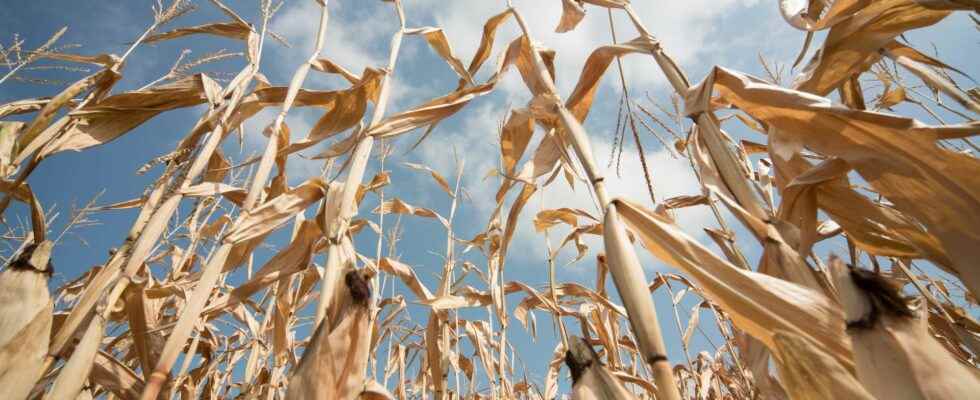You will also be interested
[EN VIDÉO] Garden: 5 flowers that tolerate drought well All plants need water to live. But some tolerate long periods of drought well. With these 5 flowers, the chore of watering is over!
A drought described as extreme over 3/4 of the country, such is the observation of Copernicus over the first four months of 2022. Copernicus is a European Union program that continuously collects data on the state of the Earth. Regarding the state of drought on the European continent, the Copernicus analysis door on data collected between 1er January and April 29. The average of precipitation over this period shows a major deficit over the entire area stretching from south-eastern quarter of France to the south-east of Ukraine, passing through northern Italy, Bosnia, Bulgaria and Moldavia. Rains were also poor in southern Norway and Sweden, as well as in parts of Russia.
The soil moisture index shows a drought qualified as extreme over a large part of the European continent: the Alps, the north of Germany and Poland, the south of Ukraine and the north of Romania, Belarus, Lithuania, Estonia, but also southern Russia, Norway and Sweden. In Spain, the last rains in April improved the situation of severe winter drought.
Consequences on the price of energy and agricultural yields
Most great rivers Europeans are obviously affected by this almost general drought, in particular the longest Italian river, the Po, and the Danube (the second longest river in Europe which stretches from Germany to Ukraine). The very low levels make it difficult to producehydroelectric power. It should be noted that Austria derives approximately 25% of its needs from energy thanks to the Danube, Slovakia 10%, Serbia 37% and Romania 27.6%. The rainfall deficit is -80% between January and April on the Po. In a context where the demand for hydroelectric energy is growing, the drought will continue to drive up already record energy prices in Europe. In addition, the abnormally low level of the Po river does not allow irrigation of the Italian fields of but and rice crops dried up by lack of rain.
The Italian Alps had a snow deficit of -61% at the beginning of April (compared to the 2009-2021 average), although the situation then improved slightly with the few precipitations during the month. This lack of water in the Southern Alps has consequences on the recharge of the rivers during the spring, and will aggravate the drought of the region in the coming months.
Worsening drought in sight in southern Europe
Much drier than normal conditions are predicted by the climate models for most southern European countries, as well as those in the south-east, at least until the end of June. The weather report promises, on the other hand, to be wetter than average in northern Europe over the same period: in the north-east of France, in Germany, in the British Isles, Poland, northern Ukraine, Russia and Scandinavia. On the most of Francehowever, no dry or wet trend has emerged so far in the Copernicus long-term forecast.
Interested in what you just read?
